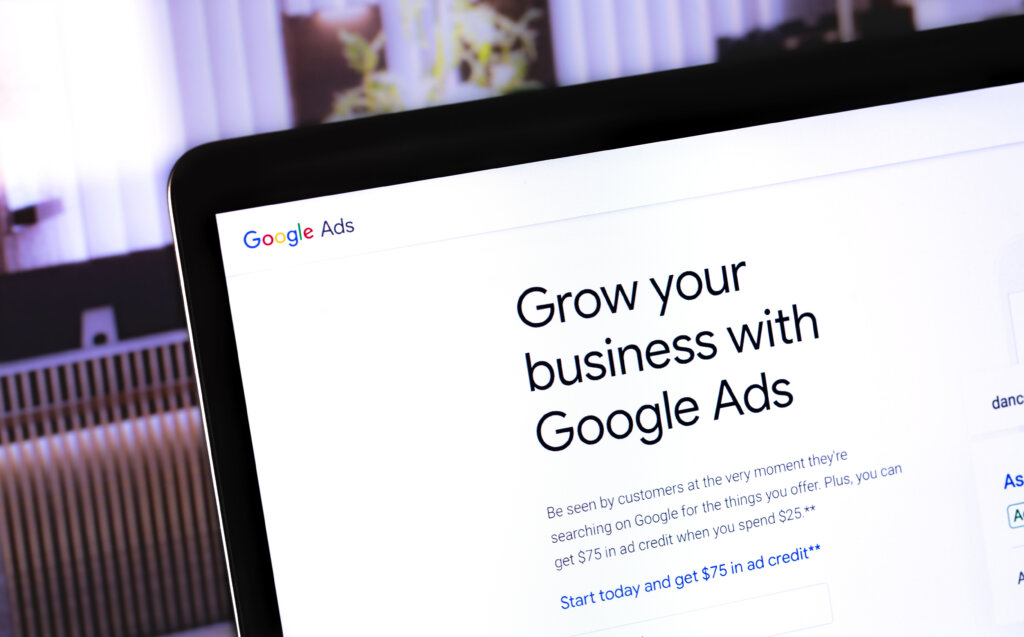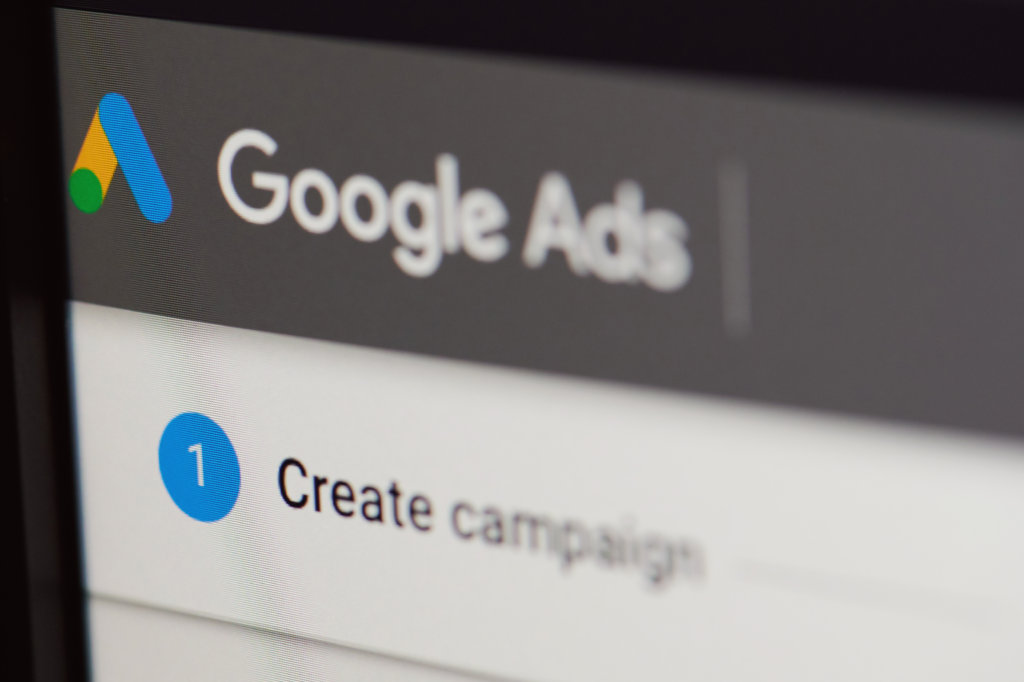Google Ads is an ever-evolving platform with regular updates and tweaks aimed at enhancing user experience and the effectiveness of advertising campaigns. In keeping with this dynamic nature, Google has introduced another significant update that’s set to change the way advertisers manage their campaigns. Specifically, Google will now auto-pause inactive ad groups in an effort to streamline campaign management and optimize ad spend. But what does this mean for advertisers? How does it affect your current and future campaigns? Let’s dive into this new development and unpack what it entails.
Understanding the Auto-Pause Feature
The concept of auto-pausing inactive ad groups is fairly straightforward. Google’s system will now identify ad groups within campaigns that have not accrued any impressions or clicks over a defined period of time. Once these ad groups are flagged as inactive, Google Ads will automatically pause them. This is intended as a means to direct focus and budget towards more active and potentially successful ad groups.
Impacts on Campaign Management
For advertisers, this change means a significant shift in how they monitor and manage their campaigns. Auto-pause ensures that advertisers do not continue to invest in ad groups that do not return any value, either due to low search volume, irrelevant targeting, or poor ad performance. For small business owners or individuals running their own campaigns, this could mean less time spent micromanaging every aspect of their campaigns. On the other end, for seasoned marketers and agencies, this update allows for more strategic reallocation of budgets and resources towards ad groups that perform better.
Benefits of the Auto-Pause Update
The introduction of the auto-pause feature for inactive ad groups presents several benefits:
Enhanced Campaign Efficiency: Automatically pausing inactive ad groups helps in optimizing campaign efficiency by redistributing the budget to active ad groups leading to potentially better ROI.
Time Saving: Advertisers will save time as they will not need to manually sift through campaigns to find and pause inactive ad groups.
Improved Focus: This update allows advertisers to focus on refining and optimizing the active parts of their campaigns, rather than troubleshooting parts that yield no return.
However, this change also requires advertisers to be more astute in their campaign creation and maintenance, as they need to ensure ad groups intended to be active are properly set up.
Best Practices Following the Update
Following the auto-pause update, advertisers should adopt best practices to maximize the efficacy of their Google Ads campaigns:
- Regular Monitoring: Keep an eye on campaign notifications to know when an ad group has been auto-paused, and understand why it wasn’t getting traffic.
- Ad Group Optimization: Regularly review and tweak underperforming ad groups by refining keywords, ad copy, and targeting settings before they become inactive.
- Strategic Planning: To avoid unnecessary auto-pause, ensure that ad groups are strategically planned, with researched keywords and tailored ad creatives to capture the intended audience.
Aligning with these practices can help advertisers stay ahead of the curve and ensure that their campaigns continue to perform optimally in the wake of this update.
Understanding the Criteria for Auto-Pause
Google has set specific criteria for auto-pausing ad groups:
- Ad groups with no impressions or clicks over a significant period.
- Ad groups that are not contributing to campaign goals or objectives.
Advertisers can check their ad group status regularly to determine if any have been paused and investigate the cause if necessary. Understanding these criteria can help advertisers preemptively optimize ad groups to avoid auto-pauses.
Navigating Challenges
While this update presents several efficiencies, it also brings potential challenges that advertisers must navigate:
False Positives: Sometimes, ad groups may be paused erroneously. Advertisers must keep an eye out for these occurrences.
Seasonality: Ad groups related to seasonal products/services may be auto-paused during the off-season, which could disrupt annual marketing strategies.
Being prepared for these challenges will help advertisers maintain control over their campaigns and ensure their marketing efforts are not unfairly hindered.
Future of Google Ads with AI and Automation
The auto-pause feature is just the tip of the iceberg when it comes to the future of Google Ads. Google is increasingly leveraging artificial intelligence (AI) and automation to simplify campaign management and to create more intelligent, self-optimizing advertising systems. From auto-optimized bidding strategies to advanced targeting options, Google Ads continues to become a more sophisticated platform that demands a blend of strategic oversight and a willingness to trust in automated solutions.
The Role of Human Oversight
Despite the growing presence of AI and automation, human oversight remains critical. Advertisers bring to the table nuanced understanding of their brands, creative strategy, and customer insights—elements that are not yet fully replicable by machines. It will be essential for advertisers to balance reliance on automation with their expert judgment and to continue to actively manage and refine their advertising strategies in collaboration with AI-driven tools.
Preparing for What’s Next
To stay future-proof, advertisers must keep up-to-date with Google Ads updates, embrace new automation features, and develop a deeper understanding of AI tools available within the platform. This will ensure that they are not only adapting to current changes but are also prepared for future advancements that may impact their digital advertising strategies.
Conclusion: Embracing Change for Better Campaign Management
Google’s update to auto-pause inactive ad groups is a reflection of the platform’s commitment to improving campaign management and efficiency. As advertisers, the move requires us to be agile, informed, and strategic in our approach to Google Ads. By embracing these changes and learning to work with automation, we can focus more on crafting powerful messaging and creative strategies while the machines take care of the rest. The key takeaway is to remain proactive in campaign management, understand the algorithms at play, and take full advantage of automated processes while retaining the unique insights and creativity that make each advertiser’s approach distinctive. The new auto-pause feature is another step towards smarter, more focused advertising campaigns, and its successful integration into your marketing strategy could potentially drive better results for your business in the digital space.
About The Author
Marketing Team
The AOK Marketing Team is a diverse group of amazing individuals driven to help all of our clients succeed. Great people are everywhere, and we believe that people should control their workday, their work environment, and where they live. We have team members in 9 countries: United States, Canada, Egypt, Belgium, Ireland, Australia, India, Pakistan, and Hong Kong.
How can we help you?






